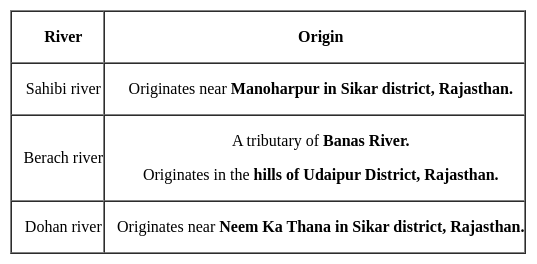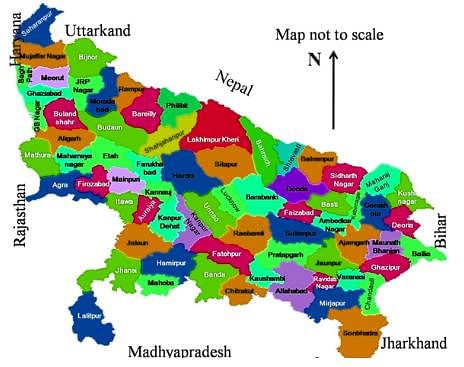Software Development Exam > Software Development Tests > Test: Geography - II - Software Development MCQ
Test: Geography - II - Software Development MCQ
Test Description
20 Questions MCQ Test - Test: Geography - II
Test: Geography - II for Software Development 2025 is part of Software Development preparation. The Test: Geography - II questions and answers have been prepared
according to the Software Development exam syllabus.The Test: Geography - II MCQs are made for Software Development 2025 Exam.
Find important definitions, questions, notes, meanings, examples, exercises, MCQs and online tests for Test: Geography - II below.
Solutions of Test: Geography - II questions in English are available as part of our course for Software Development & Test: Geography - II solutions in
Hindi for Software Development course.
Download more important topics, notes, lectures and mock test series for Software Development Exam by signing up for free. Attempt Test: Geography - II | 20 questions in 20 minutes | Mock test for Software Development preparation | Free important questions MCQ to study for Software Development Exam | Download free PDF with solutions
Test: Geography - II - Question 1
How much percentage of the Haryana population is engaged in agriculture?
Detailed Solution for Test: Geography - II - Question 1
Test: Geography - II - Question 2
Samalkha subdivision of the Panipat district is famous for the foundry of which instruments?
Detailed Solution for Test: Geography - II - Question 2
Test: Geography - II - Question 3
Munak canal which was situated in Haryana originates from which district of Haryana?
Detailed Solution for Test: Geography - II - Question 3
Detailed Solution for Test: Geography - II - Question 4
Test: Geography - II - Question 5
Rajiv Gandhi Thermal Power Plant a mega project in the field of electicity is situated in __________ .
Detailed Solution for Test: Geography - II - Question 5
Test: Geography - II - Question 6
KMP Western Peripheral Expressway passes through how many districts of Haryana?
Detailed Solution for Test: Geography - II - Question 6
Test: Geography - II - Question 7
Bir Bara Ban Wildlife Sanctuary is situated in which district of Haryana?
Detailed Solution for Test: Geography - II - Question 7
Test: Geography - II - Question 8
Deenbandhu Chhotu Ram Thermal Power Plant, is located in which district of Haryana?
Detailed Solution for Test: Geography - II - Question 8
Test: Geography - II - Question 9
Which among the following is the first civil airport of Haryana?
Detailed Solution for Test: Geography - II - Question 9
Detailed Solution for Test: Geography - II - Question 10
Detailed Solution for Test: Geography - II - Question 11
Detailed Solution for Test: Geography - II - Question 12
Detailed Solution for Test: Geography - II - Question 13
Test: Geography - II - Question 14
Which of the following rivers does not have their origin in Aravali hills?
Detailed Solution for Test: Geography - II - Question 14
Detailed Solution for Test: Geography - II - Question 15
Test: Geography - II - Question 16
Sahibi river originates in which of the following districts?
Detailed Solution for Test: Geography - II - Question 16
Test: Geography - II - Question 17
The eastern boundary of Haryana with Uttar Pradesh is defined by_________ river.
Detailed Solution for Test: Geography - II - Question 17
Test: Geography - II - Question 18
Which of the following State shares its boundary with Haryana?
Detailed Solution for Test: Geography - II - Question 18
Test: Geography - II - Question 19
In which of the following district Kalesar National Park is located?
Detailed Solution for Test: Geography - II - Question 19
Test: Geography - II - Question 20
Which of the following districts of Uttar Pradesh touching the boundary of Haryana state?
1. Saharanpur
2. Shamli
3. Bagpat
Find the right code given below.
Detailed Solution for Test: Geography - II - Question 20
Information about Test: Geography - II Page
In this test you can find the Exam questions for Test: Geography - II solved & explained in the simplest way possible.
Besides giving Questions and answers for Test: Geography - II, EduRev gives you an ample number of Online tests for practice
Download as PDF





















